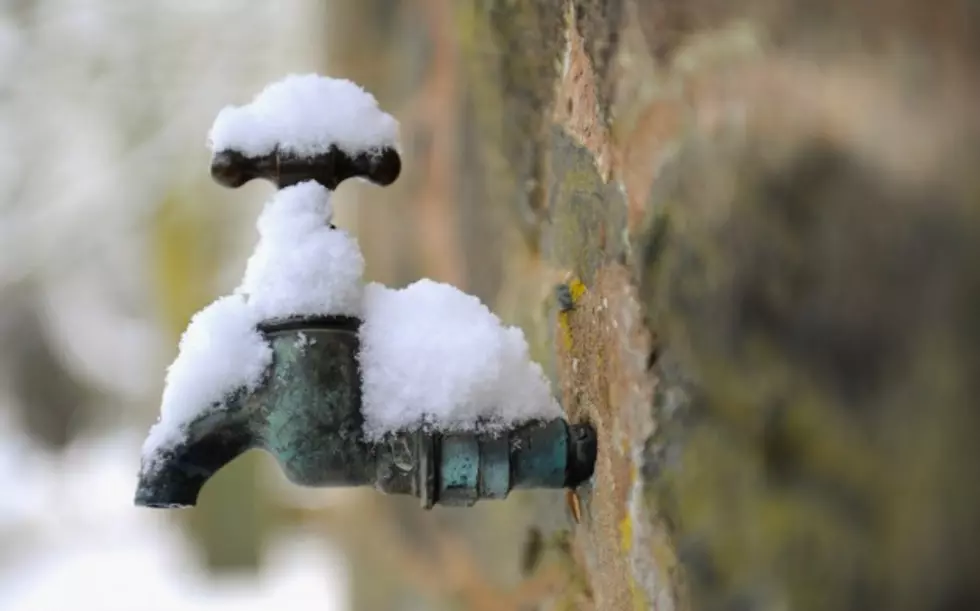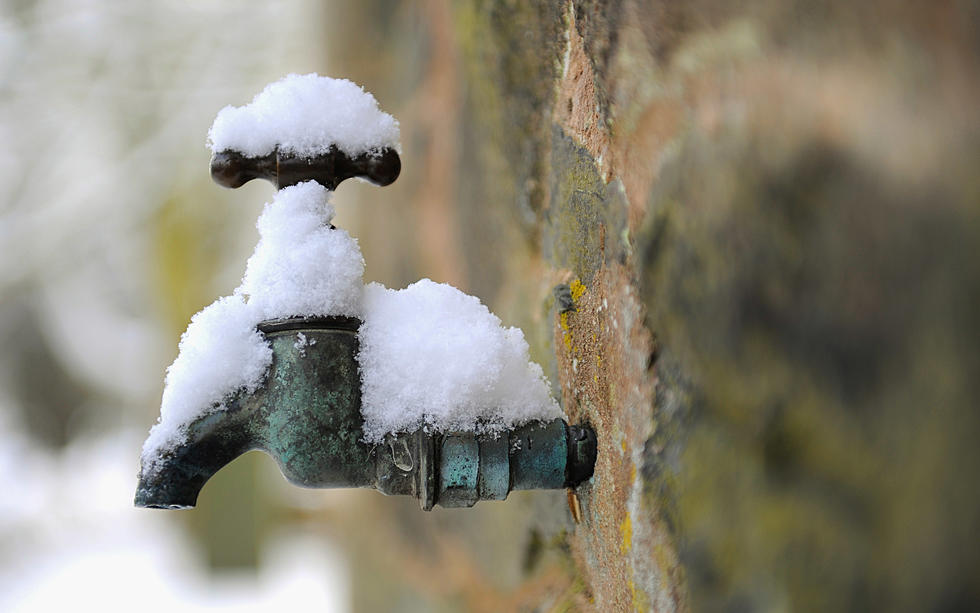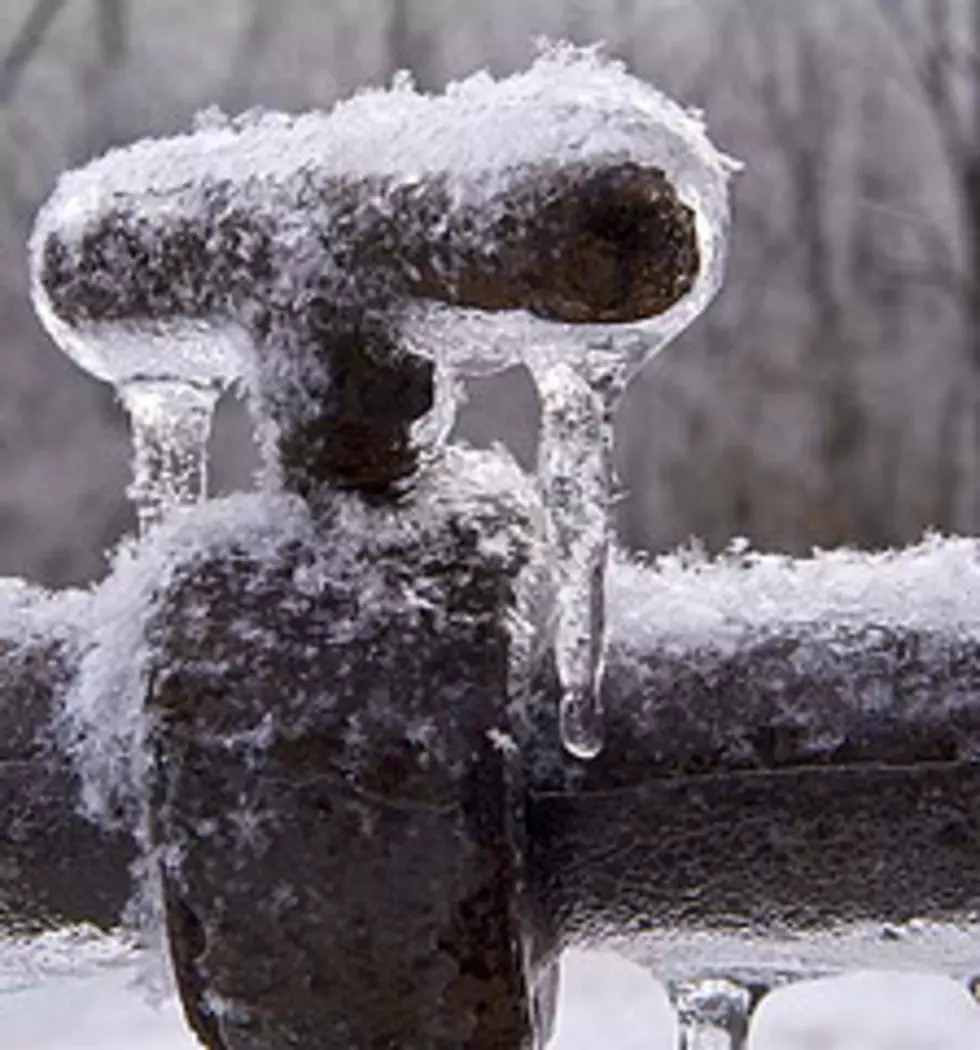
Get Ready for More Cold Weather for the Arklatex
January blew in with temperatures in the teens and we will seen more temps below 20 this week.
After a pretty mild December, temperatures plummeted into the teens earlier this month. On January 4th we dropped to 29 degrees. It was 24 the next day, but even colder after that. On January 6th, Shreveport Bossier recorded a low of 17 at Regional Airport and on January 7th, it dipped to 15 degrees! The record low for that was 14 degrees which was recorded in 1886! We nearly beat a record that's more than 125 years old!!
We could get nearly as cold this week. Because our temps will drop into the teens again you might want to take some precautions about your pipes.
- Seal all openings where cold air can get at unprotected water pipes. It’s especially important to keep away cold wind, which speeds freezing.
- Cover pipes with foam or fiberglass insulation sleeves — the thicker the better.
- Install heating tapes or cables on vulnerable pipes. But be sure to follow manufacturer instructions carefully to avoid starting a fire.
- Leave cabinet doors open under the kitchen and bathroom sinks to allow warmer room air to circulate around pipes.
- Let one or two faucets drip slowly inside your house to keep water flowing through pipes that are vulnerable to freezing. Ice might still form in the pipes, but an open faucet allows water to escape before the pressure builds to where a pipe can burst. If the dripping stops, it may mean that ice is blocking the pipe; keep the faucet open, since the pipe still needs pressure relief. Also, don’t forget to turn the pipes off after the hard freeze.
Read More: How to Prevent Frozen Pipes | http://965kvki.com/how-to-deal-with-pipes-in-a-deep-freeze/?trackback=tsmclip


